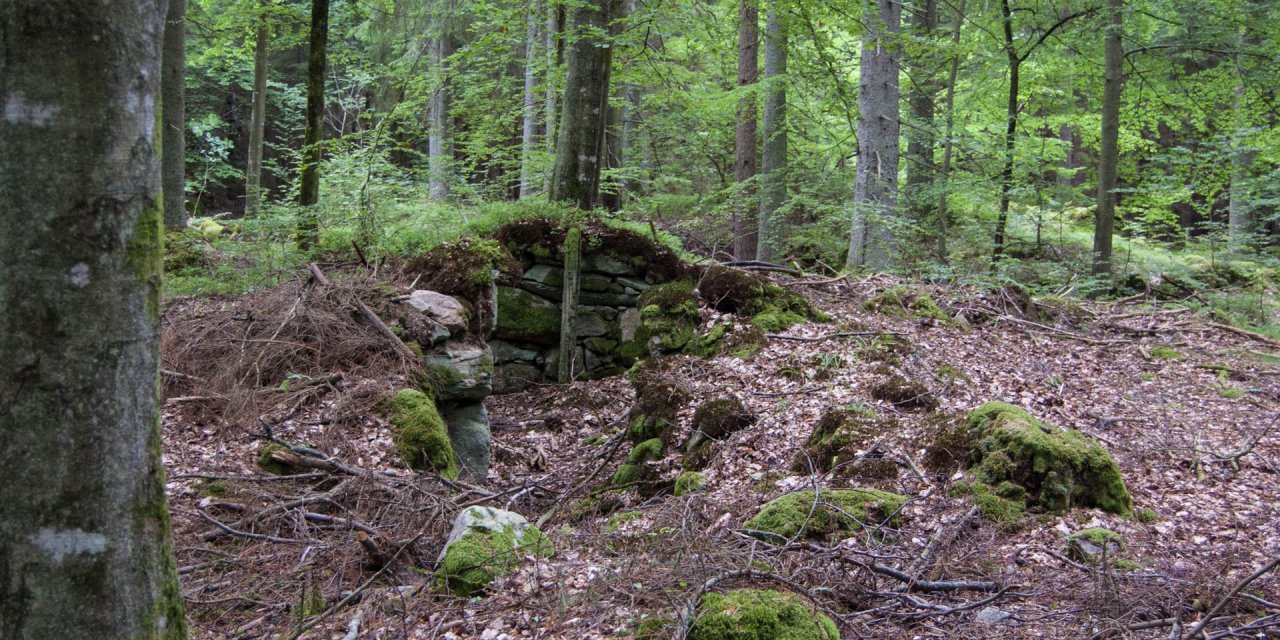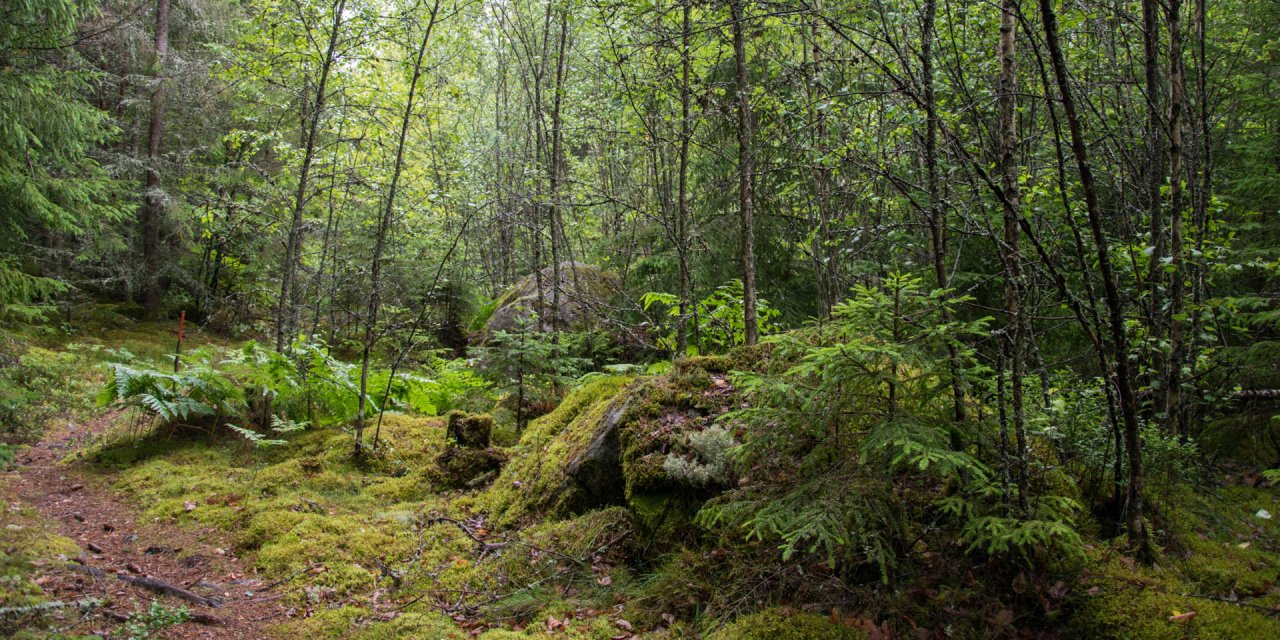
Amidst the dense forests in the north of Blekinge, near the border to the province Kronoberg in Småland, the nature reserve Ire preserves something that is very rare in Sweden – a fully preserved small-scale cultural landscape, as was common in the centuries before mechanization and rationalization in agriculture.
A journey into the past
The 58-acre nature reserve is a living museum, where the circular trails are a little journey back in time, because in Ire it looks more or less exactly as it was 200 to 300 years ago.
Hay meadows, small fields and pastures in alternation, gnarled old trees, whose appearance was marked by trimming for the production of winter feed, large piles and long walls from picked field stones as well as traditional wooden fences. In the midst of it all are two small restored farmhouses from the middle of the 19th century whose last owners used to cultivate the area until the middle of the 20th century.
The flora and fauna in the nature reserve
In the hay meadows, which are still mowed with the scythe, a very special flora and fauna has been preserved. In summer, the meadows are a colorful sea of flowers with heath spotted-orchid (Dactylorhiza maculata), ox-eye daisy (Leucanthemum vulgare), common milkwort (Polygala vulgaris ), wolf's bane (Arnica montana), devil's-bit (Succisa pratensis) and numerous other wildflowers.
The hay harvest begins only after the last flowers in the meadow have faded and have fulfilled their function as a source of food for the numerous insect species living there. Among them are many different types of butterflies, which staggers from flower to flower or the highly endangered large scabious mining-bee (Andrena hattorfiana), which collects the pollen of the field scabious (Knautia arvensis).
Knowledge from the nature school
Within the nature reserve is the natural and cultural school Ire Naturskola, which brings the basic ecological connections of our environment in different seminars to classes of all ages. The school owns one of the old farmhouses, where old local landraces such as Linderöd pigs, Gute sheep, Ringamåla cattle, Göinge goats, Åsbo chickens and Gotland rabbits complete the overall picture of a living historic cultural landscape.
By the way: The sizes of meadows and arable land are coordinated according to the old guiding principle "Äng är åkerns moder" (The meadow is the mother of the field). Thereafter, the size of the hay meadow determined the size of the livestock that could be brought through the winter with the harvested hay. The livestock in turn determined the amount of fertilizer produced, which decided how large the arable land should be in order to be sufficiently fertilized.




